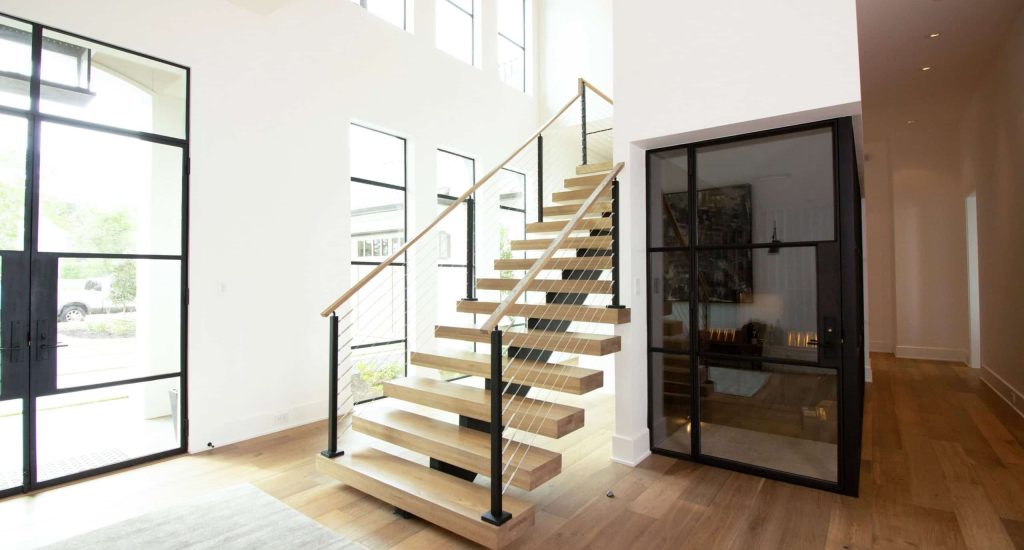Project Value vs. Cost
For more than 30 years, Remodeling magazine has issued a cost vs. value report that measures the average cost for remodeling projects and the value they retain when a home sells. This report highlights both interior and exterior renovation projects, including additions and replacements of decking, siding, roofing, kitchens, baths, and more. It is an excellent industry-standard tool to help contractors assist their customers in making essential decisions on home remodeling projects.
A hot housing market coupled with a strong remodeling market means homeowners will continue making improvements and upgrades to their homes for the foreseeable future. Guiding a homeowner through a remodel project can be tedious, particularly when it comes to product selection. While cost may be the first thing that sways a product decision, there are several other cost considerations.
Indirect costs
Cost will always play a significant, if not most important, role in any project. Aside from the exchange of currency, there are other indirect costs to consider:
- Callbacks: today, remodelers and builders choose products they know and trust to reduce and even eliminate callbacks. Callbacks don’t always add to the homeowners’ cost but can take away from a contractors’ bottom line.
- Maintenance: consider choosing products that require as little maintenance as possible in the overall cost. Virtually “low maintenance” may be of great value to a homeowner, and the cost — whether it is affordable or pushing the upper limits — is justified.
- Replacement: homeowners want assurance they will not have to replace a product on a bigger ticket like siding or decking materials anytime soon. Warranties will play a significant role in guaranteeing their product choices will last.
“I liked the simple design, pre-drilled holes, and it was easy to install.” Jeremy Bower, Big Foot Decking & Services
Leading with value: 4 valuable components to consider
Maximizing a homeowners’ investment is critical — no matter the cost — while delivering quality products and the final project. Yet, instead of starting with costs, consider leading with the value it brings to the home and future resale or long-term viability.
We’ve listed 4 valuable components to consider when choosing products for your project:
- Durability: one of the most critical characteristics of building materials is durability. How it is engineered and manufactured are key ingredients to a well-designed product that stands the test of time, weather, and use.
- Longevity: properly installed products will usually endure a long service life if installed as instructed by the manufacturer and used as they are intended with ongoing care and maintenance. In fact, a survey by the National Association of Homebuilders (NAHB) found that 74% of home buyers would spend more on key features and finishes that last longer.
- Sustainability: most homeowners today are choosing materials that are durable, long-lasting, and sustainable. The same NAHB survey cited above indicates that homeowners are likely to invest in sustainable (green) products because of the annual cost savings, which bodes well for remodelers and builders.
- Aesthetics: it’s likely that most homeowners — as well as remodelers and builders — choose a product based on the look and feel first, followed by cost and value. With so many options to consider today, whether it’s siding and decking or finishing touches like paint and railings, aesthetics are a key component in product consideration.
Before you start a new project with a homeowner, begin the conversation on what the homeowner’s goals are, including resale or enhancement for personal enjoyment. In addition to your craftsmanship the products you choose together will help them understand the overall value, then talk costs.
“RailFX layout sent to us, noting the components for each section of the deck, made it simple.” John Kirch, Kirch Improvements
RailFX Cable Railing: Built to Last
Cable railing systems are increasingly a popular choice for both indoor and outdoor uses. Cable railing systems work with the most common post materials — wood, steel, aluminum, and composite sleeves — and are lightweight and easy to install.
When it comes to strength and durability, steel, mainly stainless steel, is one of the strongest materials available. While cable railings can be one of the most expensive railing materials, they are virtually maintenance-free and corrosion and rust-resistant, even ideal for ocean environments, making them an excellent choice for long-term value.
RailFX products and systems are fabricated with the highest-grade materials available on the market. In addition to being corrosion and rust-resistant, our products are finished with a wet coat applied with technology that meets AAMA 2605 standards.
"We've never seen railings and posts that are as solid as theirs, they're engineered so well, made from quality materials, and they have great customer service." Shane Berg, Berg Construction.


